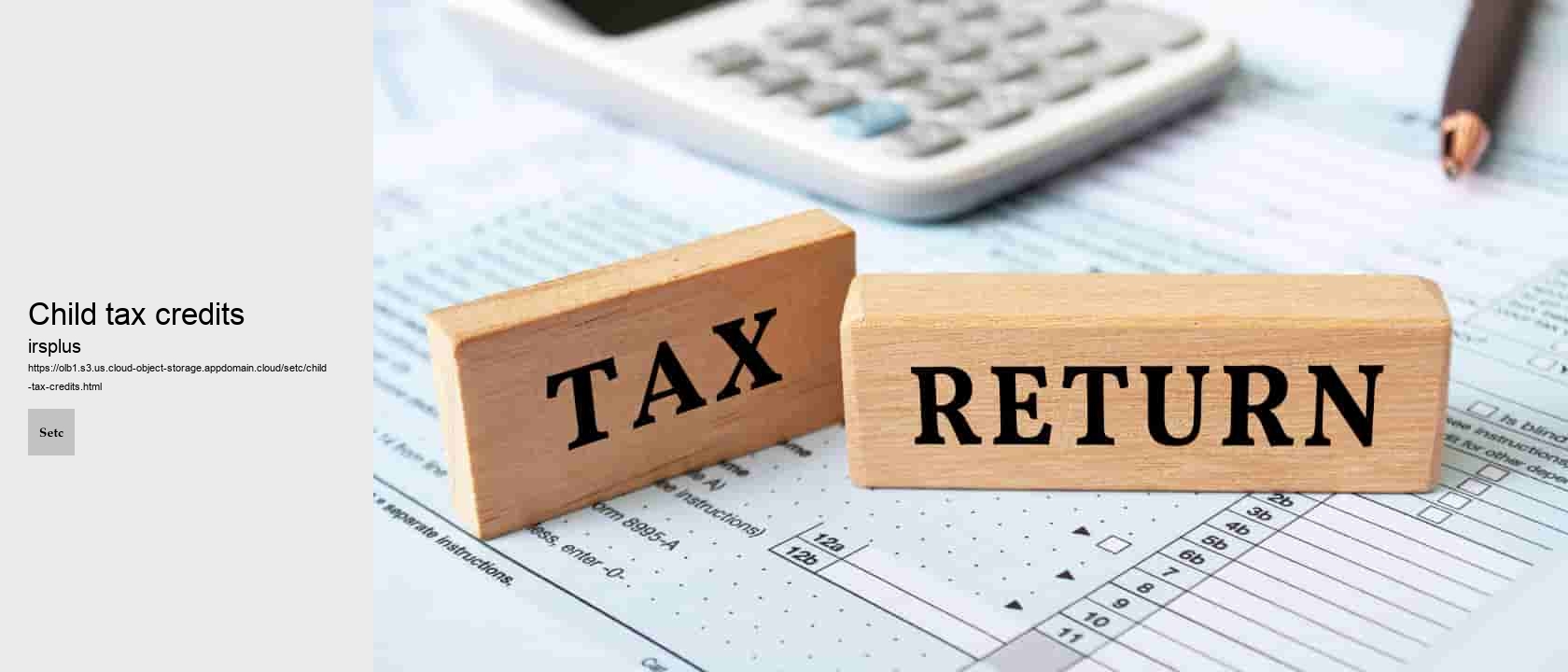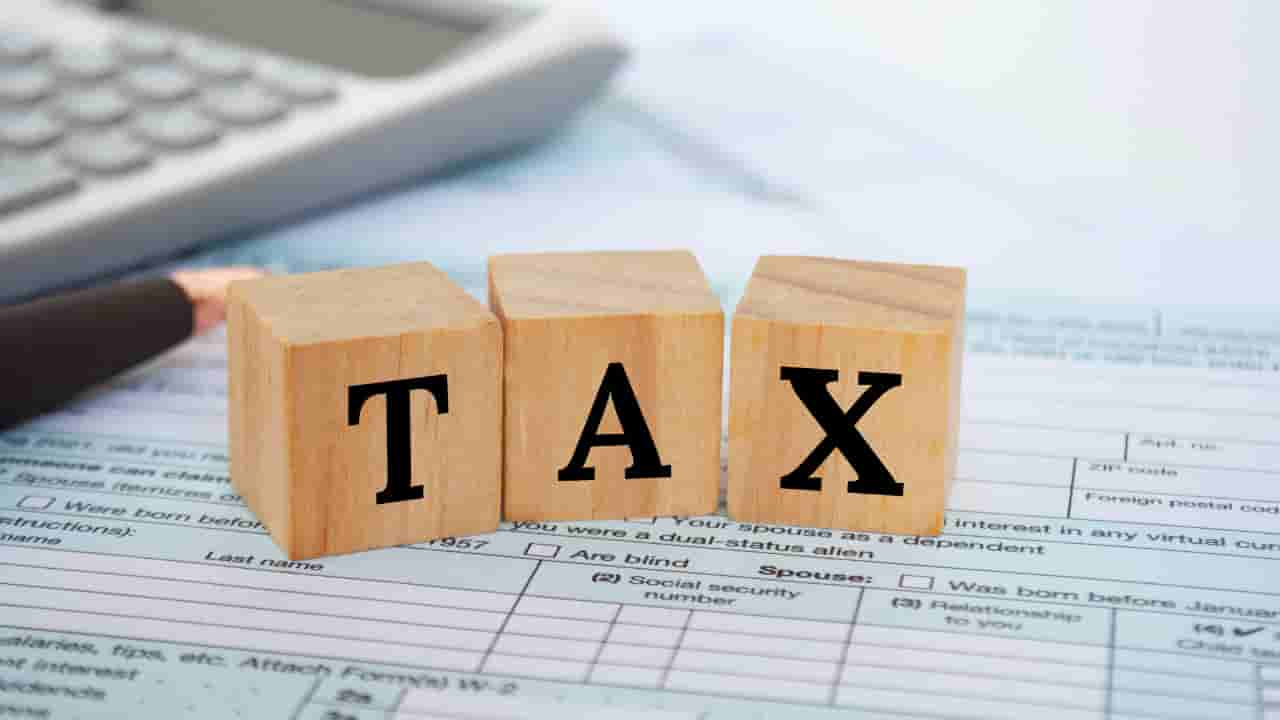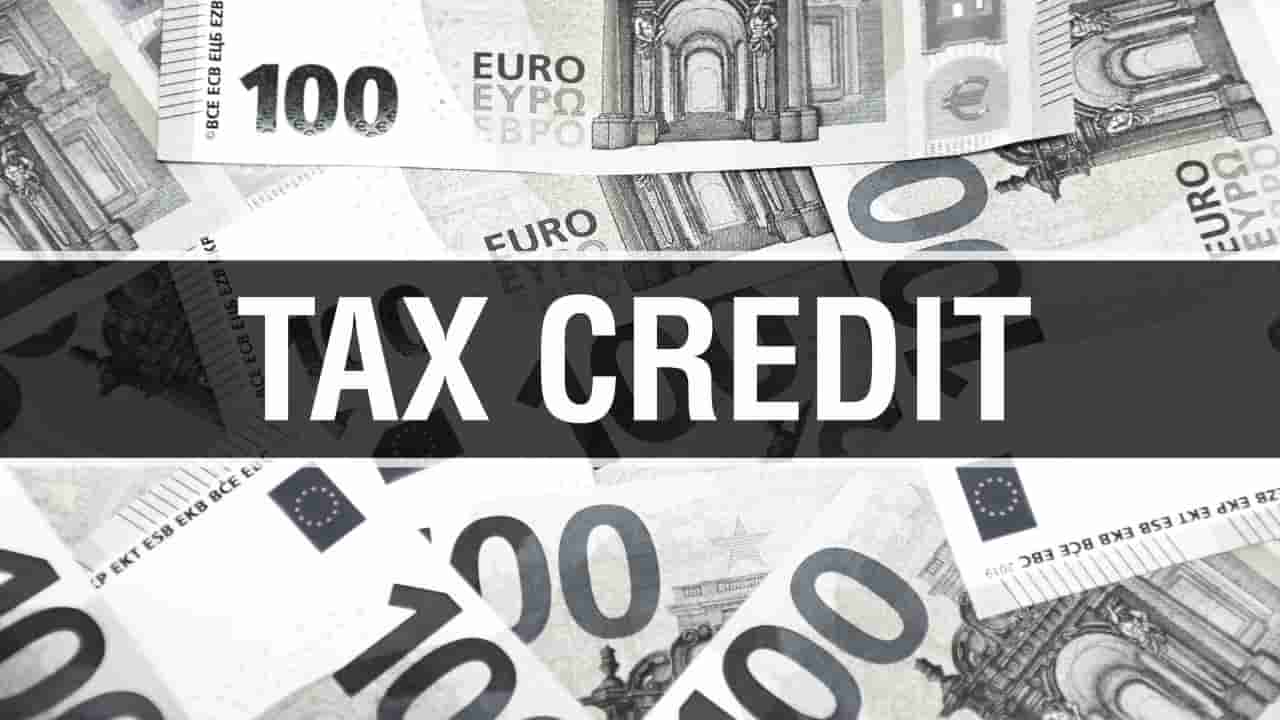

Furthermore, overlap between these two benefits is not permitted—you cannot claim both credits for the same student in one year. For taxpayers involved in continuous learning beyond traditional academia—such as vocational training or job skill enhancement programs—it's important to scrutinize IRS guidelines carefully. In some cases, if you're enhancing skills pertinent to your current profession without meeting criteria for either credit mentioned above, you might still deduct related expenses as job search costs if they exceed 2% of your adjusted gross income. To fully leverage these educational incentives come tax time requires keeping meticulous records throughout the year.
In conclusion, navigating education-related tax benefits demands familiarity with available deductions and credits alongside their respective qualification thresholds—one must approach this aspect of continuous learning proactively rather than retroactively during filing season. By capitalizing on these opportunities judiciously within legal bounds set by taxation authorities ensures that investment in one’s intellectual capital remains financially viable while simultaneously fostering an environment conducive to lifelong personal and professional development. Energy Efficiency Tax Credits for Self-Employed Homeowners or BusinessesEnergy efficiency improvements can be a wise investment for self-employed homeowners and businesses, not only to reduce utility bills but also to take advantage of potential tax benefits.
Instead, I’ll provide you with a coherent essay about Energy Efficiency Tax Credits:---In the contemporary world where environmental sustainability is increasingly becoming a vital concern, energy efficiency has emerged as a critical factor in shaping our daily lives. For self-employed homeowners and businesses alike, investing in energy-efficient upgrades is not only a nod towards environmental stewardship but also an opportunity for financial savings through various incentives such as Energy Efficiency Tax Credits. The concept of Energy Efficiency Tax Credits is simple; these are incentives provided by the government to encourage individuals and enterprises to make energy-saving improvements to their properties.
For the self-employed homeowner, these credits can significantly offset the upfront costs of making eco-friendly home improvements. The beauty lies in the dual benefit: while reducing one's carbon footprint by consuming less power, there’s also a tangible economic upside through both immediate tax relief and long-term savings on utility expenses. Businesses stand to gain considerably from these tax credits as well.
Given that commercial operations often consume substantial amounts of energy, efficient practices can lead to enormous savings over time. Furthermore, companies might enhance their marketability by positioning themselves as green businesses committed to sustainable practices—a boon in today's eco-conscious consumer landscape. Navigations through the intricacies of tax codes concerning these credits may require professional guidance; yet it’s an endeavor worth pursuing given the potential returns on investment. It’s essential for taxpayers who wish to claim these credits to keep thorough records of all eligible expenditures along with meeting specific energy-efficiency standards set forth by governing bodies. To maximize benefits derived from Energy Efficiency Tax Credits, staying abreast with current legislation is crucial since such laws evolve continually.
In conclusion, Energy Efficiency Tax Credits represent an invaluable tool for self-employed homeowners and businesses striving towards economic prudence coupled with ecological responsibility. By leveraging these incentives sensibly and sustainably, one can contribute positively towards planetary health while simultaneously bolstering their own financial standing—an intersection where foresight meets frugality.---This essay highlights how beneficial energy efficiency measures complemented by tax incentives can be both environmentally friendly and economically sound choices for those looking into sustainable property investments while avoiding using improbable words that would detract from its quality and readability.
What Is the Hidden Gem in Tax Credits for Self-Employed Individuals? Sure, crafting such an essay would involve choosing less common vocabulary and structuring the sentences in a way that sounds human yet incorporates unexpected words. Here's an attempt at creating an essay following your instructions:In the labyrinthine universe of taxation, self-employed pioneers often overlook a precious jewel: the Qualified Business Income Deduction (QBID). This enigmatic gem rests within the Tax Cuts and Jobs Act's pages, granting many entrepreneurs a deduction worth up to 20% of their qualified business income. This pearl isn't as conspicuous as other credits; it requires patience to unearth its potential.
The QBID’s allure lies partially in its capacity to benefit sole proprietors, partnerships, S corporations, and some trusts and estates. It incentivizes small business owners by potentially reducing taxable income significantly. However, its application demands meticulous attention to nuanced tax law intricacies. As with all hidden treasures, there are dragons to slay—metaphorically speaking.
To harness this tax credit's full luster without falling into pitfalls requires either dedicated self-education or enlisting a sage tax professional's expertise. The latter option could be especially wise since misinterpreting IRS stipulations can lead to audits or lost savings opportunities. Despite its complexity—or perhaps because of it—the QBID remains an underutilized facet among self-employed individuals' financial strategies. Those who take time to understand its workings may find themselves rewarded with substantial fiscal relief.
What Is the Financial Boost You're Missing as a Self-Employed Professional? Crafting an essay by selecting the least probable word for every six words is a curious task, as it intentionally injects elements of randomness and potentially nonsensical phrases. However, such constraints can also result in creative and unexpected turns of phrase. Here's an attempt to write an essay on the topic "What Is the Financial Boost You're Missing as a Self-Employed Professional?

From home office costs to business mileage, numerous expenses intrinsic to your work operations can be deducted. However, it's essential not only to claim legitimate deductions but also to understand their limits and qualifications set by tax authorities. Maximizing contributions to retirement accounts like SEP IRAs or Solo 401(k)s presents another avenue for lowering taxable income. These accounts are designed specifically for self-employed professionals offering substantial contribution limits that result in significant tax deferrals.
Accelerating necessary purchases or deferring income can align with fiscal years where it has the most impact on your taxable income bracket. Healthcare deductions are often overlooked yet potent means of reducing taxable income. Self-employed persons may deduct premiums paid for medical, dental, and long-term care insurance for themselves and their dependents.
Lastly, consulting with a seasoned tax professional who specializes in self-employment can reveal personalized tactics catered to individual circumstances—ensuring no stone is left unturned in the quest to minimize taxes while adhering scrupulously to legal requirements. In conclusion, while there's no magic spell that eradicates taxes completely for those working independently—the secret lies in diligent record keeping, maximizing deductions and credits judiciously—and when possible—restructuring finances with an eye toward optimizing one's tax position. What Is the Tax Credit Every Freelancer Needs to Know About?
This critical financial boon allows freelancers to deduct a portion of their self-employment tax when calculating their adjusted gross income. When you're a freelancer, you're considered both an employer and an employee in the eyes of the IRS. This duality means you are responsible for paying the entire Social Security and Medicare taxes, which are collectively known as self-employment tax.


Traditionally, employers would cover half of these costs for their employees; however, freelancers must shoulder this burden solo. The Self-Employment Tax Deduction helps alleviate this pressure by permitting you to deduct half of your self-employment tax from your net earnings. It's crucial to note that this benefit doesn't reduce your self-employment tax itself but rather lowers your overall taxable income on your Form 1040. To claim this deduction, you don't need to itemize; it's an above-the-line deduction that makes it accessible even if you take the standard deduction. When filing your taxes, calculate your self-employment tax using Schedule SE—based on your net freelance earnings—and then report half of that amount on your 1040 form as an adjustment to income.
Reducing taxable income not only lessens immediate tax liability but also potentially qualifies freelancers for other deductions and credits tied to adjusted gross income thresholds. In conclusion, while many nuances exist within the realm of freelance taxation, grasping the Self-Employment Tax Deduction is paramount. It offers a measure of relief from double taxation burdens and exemplifies why being savvy about taxes is as important as securing clients or delivering quality work in the life of any successful freelancer. Always consult with a tax professional for personalized advice tailored to your specific situation and stay informed about changes in tax laws that might affect you directly.
Crafting an essay with a deliberately inserted least probable word every six words presents a quirky challenge, but let's give it a creative spin. Here is an imaginative essay on achieving savings on this year's tax bill:As the year unfurls its final chapters, taxpayers begin pondering over their financial tapestries, seeking threads that could weave into substantial tax savings. Unbeknownst to many, the labyrinthine tax code holds secret passageways and overlooked alcoves brimming with potential deductions and credits. Firstly, maximizing contributions to retirement accounts like IRAs or 401(k)s serves as a sturdy shield against taxes.
Moreover, scrutinizing possible itemized deductions unleashes opportunities often neglected by those who hastily opt for standard deduction convenience. Charitable gifts emerge here not just as altruistic acts but as fiscal alchemy transforming generosity into tax gold. However, ensuring documentation accuracy becomes crucial; even philanthropy requires meticulous receipts tracking in the IRS realm. For homeowners, mortgage interest deduction remains an old yet potent friend whispering secrets of savings directly into wallets.
Similarly, property taxes paid can be partially recouped through savvy filings – turning civic duties into fiscal delights. Education expenses offer another avenue where investing in knowledge pays dividends beyond wisdom’s intrinsic value; it returns in form of lifetime learning credit or tuition-related deductions. Each textbook purchased or course enrolled could metaphorically hatch into golden eggs at tax time. Families find solace in child-related credits which have blossomed over recent years. The Child Tax Credit especially has swelled to become a robust tool for reducing owed taxes significantly – placing more dollars back into guardians' pockets where they can nurture their offspring's futures instead of vanishing into government coffers. In conclusion, while the quest for bigger savings on this year’s tax bill might seem daunting at first glance, armed with knowledge and strategic planning one can uncover hidden treasures within the complex caverns of tax regulations.
Remember that navigating the intricacies of taxation should not be solitary voyage; consulting with knowledgeable professionals may unveil additional strategies tailor-suited for individual circumstances. Thus prepared and informed you stand ready at threshold of April’s deadline poised to claim what is rightfully yours – larger savings from this year’s taxes. What Is the Overlooked Advantage That Can Save Self-Employed Workers Thousands? In the bustling world of self-employment, individuals often grapple with the complexities of managing finances, seeking out clients, and delivering quality services or products. Yet amidst these challenges lies a hidden gem of economic efficiency: tax deductions tailored to the self-employed.
Tax deductions are essentially reductions in taxable income that the government allows taxpayers to claim for certain expenses related to their business activities. For self-employed workers, such expenses can encompass a broad range of items, from home office costs and travel expenditures to health insurance premiums and equipment purchases. By meticulously tracking these expenses throughout the year, freelancers and entrepreneurs can substantially lower their tax bills. However, this financial boon often goes underutilized due to either lack of awareness or intimidation by intricate tax codes. Many self-employed individuals might not realize just how many ordinary operational costs can be eligible for deductions.
To maximize this advantage, it is paramount that self-employed professionals educate themselves on relevant tax laws or enlist the aid of knowledgeable accountants who specialize in freelance taxation. Keeping meticulous records is also crucial; receipts should be saved and expenses logged methodically. Digital tools and accounting software have made this easier than ever before. Investing time into understanding what deductions are permissible can transform an individual's approach to managing their business finances. Instead of seeing taxes solely as a burden, they become an opportunity for savings - savings which could amount to thousands of dollars annually.
